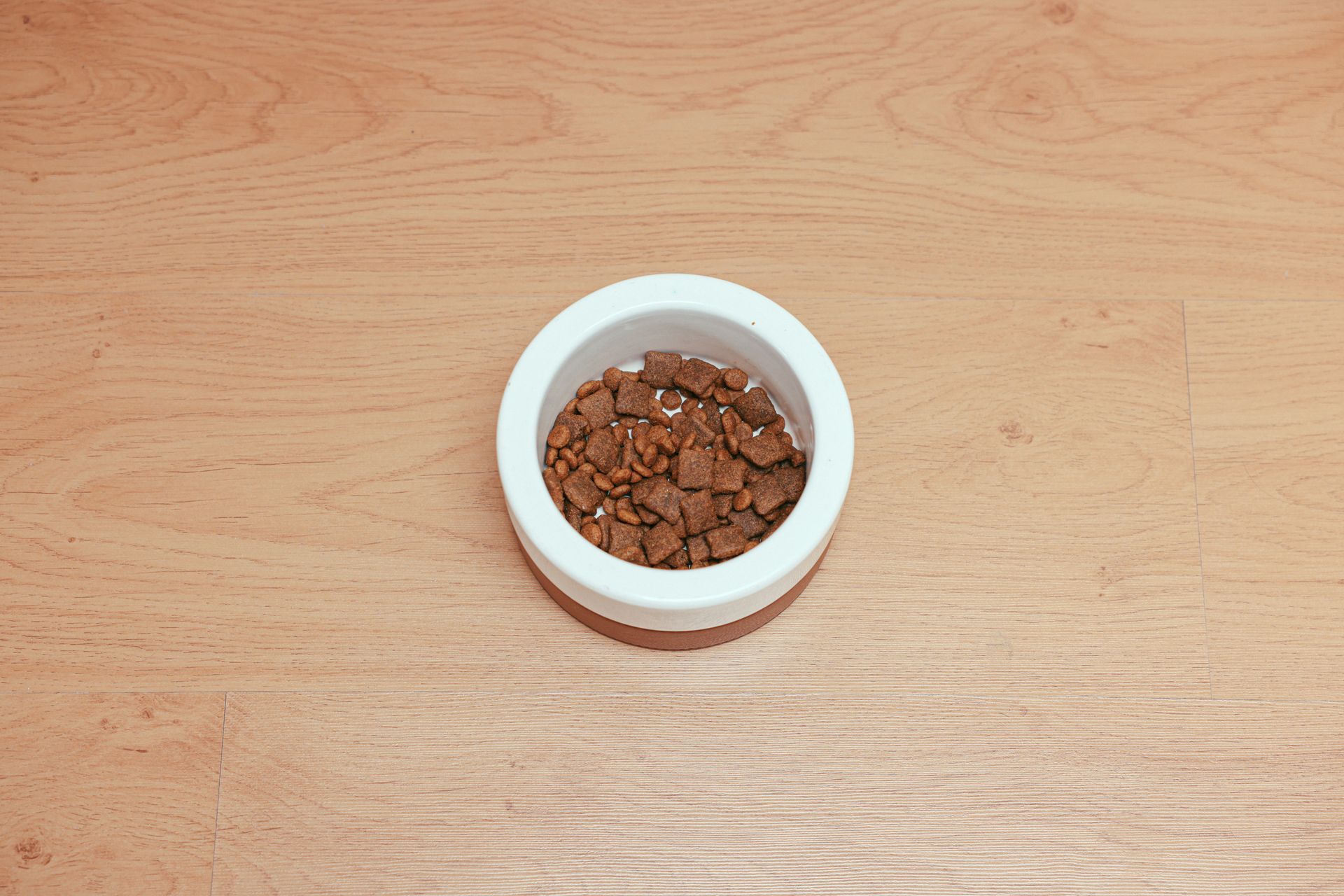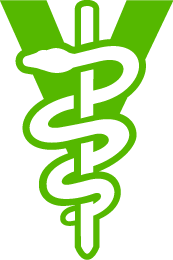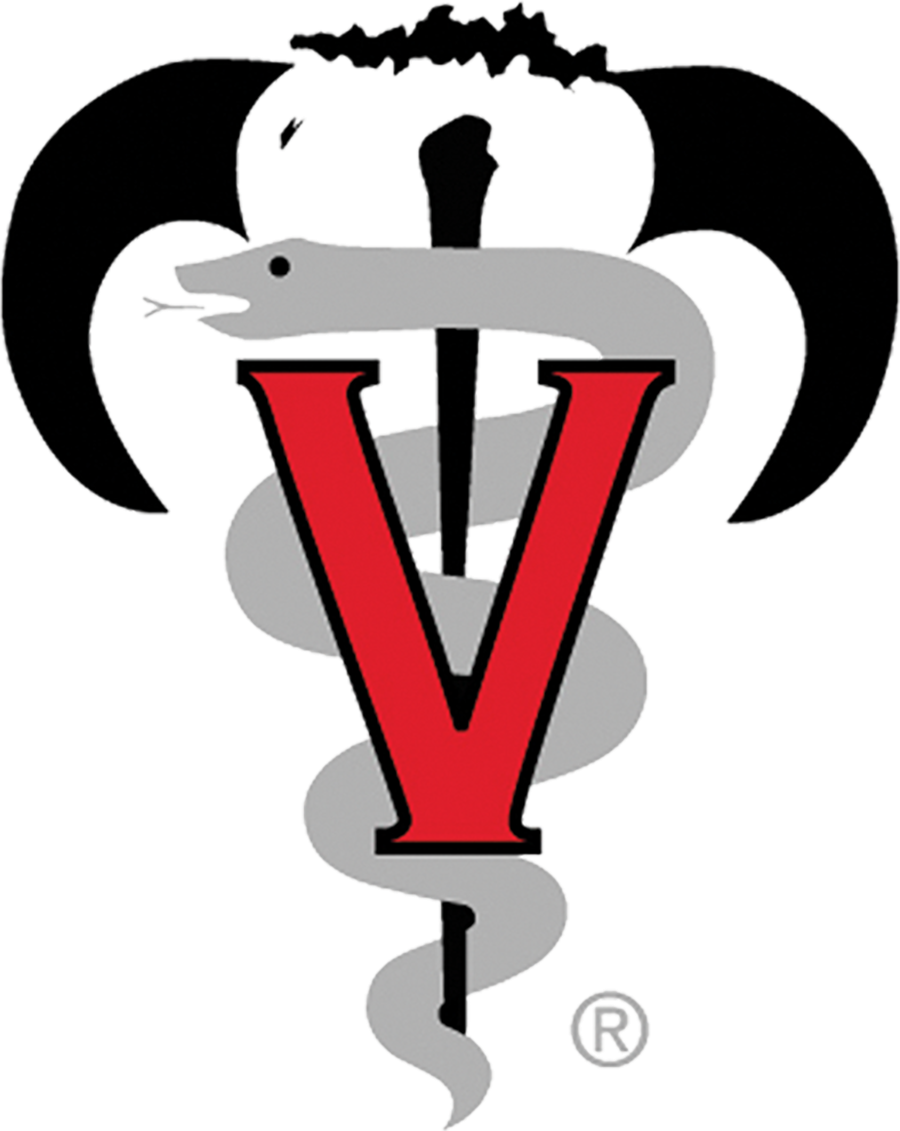Complete Blood Cell Count
The physical examination is the foundation of any visit to the veterinarian. After we have assessed your animal, we determine a treatment plan. If your animal's illness is not readily apparent on a physical examination alone, we may be required to perform additional diagnostic testing. One of the main tests that we perform is the complete blood cell count.
A complete blood cell count is an analysis of a patients unclothed blood. In this test, we are specifically focused upon the cells contained within the sample. There are other tests that look at the serum portion of your pet's blood samples. One of those tests is the chemical profile, including electrolytes. Other tests that can be performed on the serum, include many of the hormone tests for thyroid disease, adrenal gland disorders and many others.
The first step in the process is to obtain the blood sample. This is often accomplished by drawing blood from the neck, front leg or back legs depending on the patient's demeanor and size. We then take the sample and place it into a specific blood tube that prevents the tube (Blue top or Purple top) from clotting. Oftentimes, an additional blood sample is placed into a separate tube to obtain the serum portion for various other tests. The unclothed blood is then tested via a CBC machine, as well as having a microscopic examination performed. These two portions of the tests pair to form the complete blood cell count.
We interpret the test by comparing to the normal ranges that have been determined for that breed and species. These ranges include 95% or normal animals, which means a slightly low or high number may be normal for your specific pet.
Red Blood Cell Tests
Within the CBC, we look at the red blood cells. They are evaluated for number, percentage of total sample, size and shape. They are also evaluated for red blood cell parasites. These are often noted on the microscopic evaluation.
- RBC Number: This is the actual number of red blood cells in a specific volume of blood. It can be elevated due contraction of the spleen, dehydration and poylcythemia. More concerning would be a decreased RBC, indicating an anemia related process.
- PCV (Packed Cell Volume): This is a test of the percentage of the total blood sample that is made up of red blood cells.
- PCV and RBC count can be elevated due contraction of the spleen, dehydration and poylcythemia. More concerning would be a decreased PCV/ RBC, indicating an anemia related process. There are many causes for anemia, which are covered in an additional article that can be accessed via the hyperlink that is embedded here.
White Blood Cells
There are many different types of cells that fall under the category of "White Blood Cell." We are able to get an idea of the immune system/ immune status of the patient. There are roughly 6 types of cells including:
- Neutrophils: These are the main white blood cells that people think of when the term White Blood Cell is used. These cells often indicate inflammation and infection when they are elevated.
- Band Neutrophils: These are a subcategory of the Neutrophils. Their presence further indicates that the body is producing neutrophils in response to a process. Often they indicate an infectious process, such as a bacteria infection.
- Lymphocytes: These are the cells produced in the lymph nodes, which are palpated during the physical examination. The increase of lymphocytes may help to detect the presence of lymphoma.
- Monocytes: Elevated monocytes indicate the presence of infections, heartworm disease, immune mediated disease, trauma, hemorrhage (internally), neoplasia (cancer), or stress.
- Basophils: These tend to be a more nonspecific test, however increased basophils can indicate some potential processes. On this list are inflammatory processes (GI tract, respiratory tract), Neoplasia (mast cell tumor), IgE disorders (Heartworm disease and atopy).
- Eosinophils: Oftentimes, we look at the eosinophils to clue us in on two potential problems: allergies and parasites. Both of these processes cause in elevation within the eosinophil count. It is nor abnormal for a test to contain zero eosinophils.
Platelets
Platelets are very important in the clotting process. Their presence is needed to form the initial clot of small and minor disruption of the blood vessels. The platelet count can be elevated due to thrombocytosis and polycythemia vera. A decrease in Platelet numbers can be an artifact due to clumping or an indication of another process. Low numbers are due to either decreased production (due to infection), increased destruction (Immune mediated disease), sequestration (in the spleen), or increased consumption (hemorrhage, DIC).












